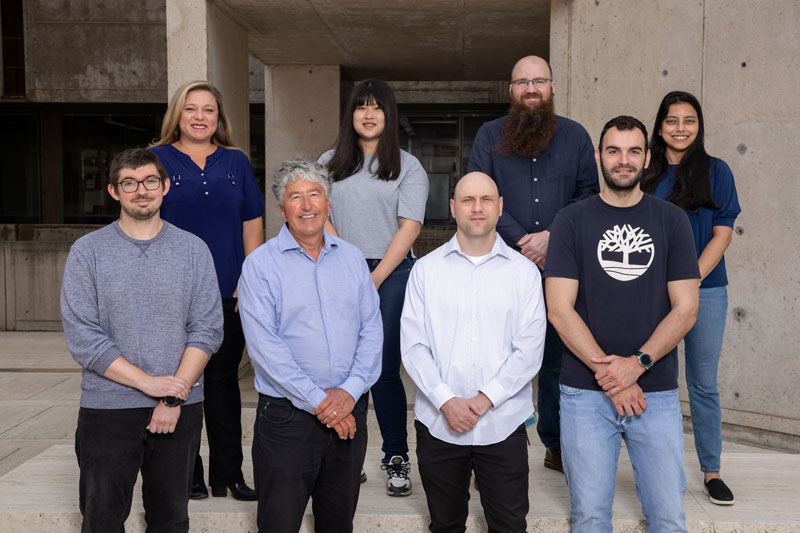Personnel
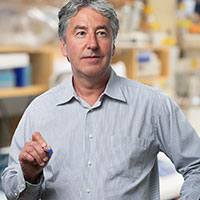
Gerald Joyce, PhD
Professor
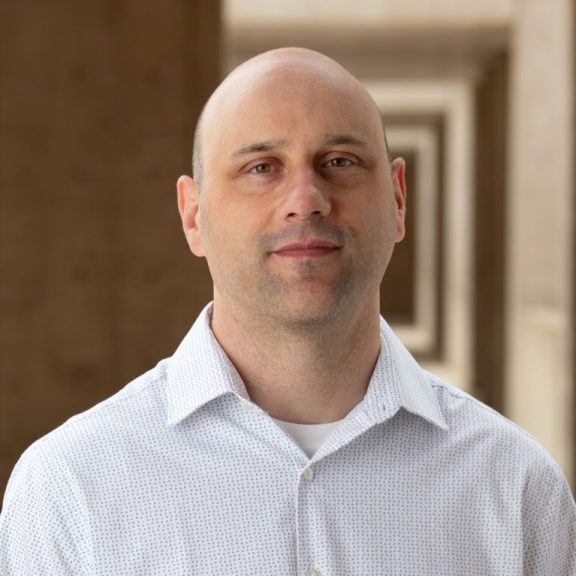

David Horning, PhD
Staff Scientist


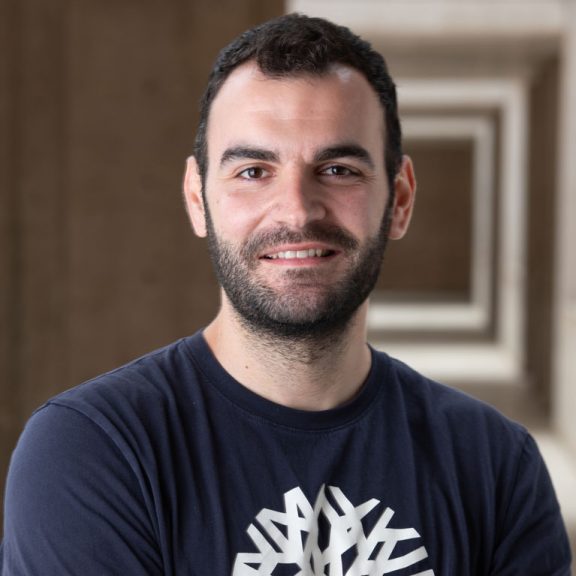

Noah Setterholm
Research Associate
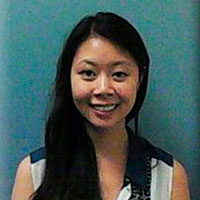
Katrina Tjhung
Graduate Student
Graduate Student
Sept. 2014 – present
B.S. 2014, University of Alberta, Edmonton Canada
Research: Evolving cross-chiral polymerase ribozymes
All known biopolymers are homochiral. A prevailing question in prebiotic chemistry is the emergence of such exclusivity in chirality. L- and D- enantiomers of RNA share identical physical and chemical properties; however, biological enzymes (e.g. nucleases, polymerases) do not recognize the unnatural L-RNA. An important property of RNA and DNA of opposite chirality is that they are unable to interact through Watson-Crick base pairing. Interactions between L- and D-RNA must occur through tertiary interactions, much like how a protein recognizes nucleic acids. Recently, a ribozyme has been developed that is capable of template-directed ligation of oligonucleotides of the opposite chirality, but has limited ability to polymerize mononucleotides.
A general RNA polymerase that is able to accurately and efficiently catalyze template-directed polymerization of long sequences of the opposite chirality is currently being developed. A robust, cross-chiral polymerase could enable PCR-like amplification of nuclease-resistant L-RNA in the short-term and enable the long-term goal of a sustained evolution system in vitro, based on exponential cross-amplification of both L- and D-enantiomers of a highly efficient cross-chiral polymerase. In such a system, it may be possible to observe a drift in sequences of the different enantiomers, as the sequence of one enantiomer is not tied to the sequence of the other.
